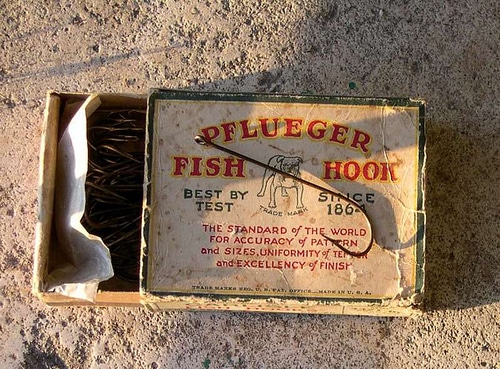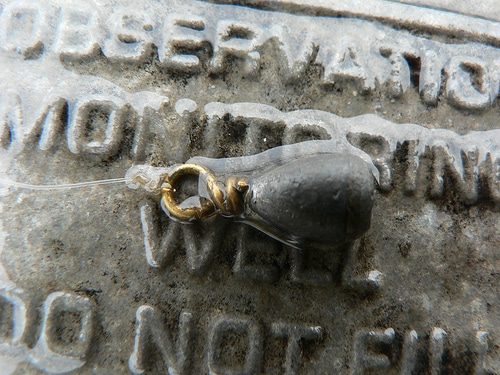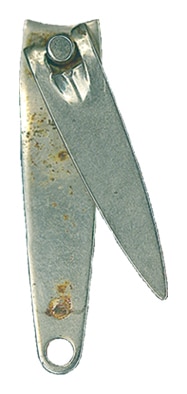Prawn fishing, a.k.a Prawning, has been gaining its popularity amongst many recreational activities in Singapore over the years. Many of you might might have tried prawning but end up catching only 5 prawns or even going home empty-handed. Read on to see how you can improve your catch rate the next time you go prawning!
If you enjoy prawning and would like to get your own rod, here are a few pointers on choosing a rod.
The Action of the Rod
The action of the rod refers to the speed with which the rod returns to its neutral position.For prawning, you would want to get a rod which is very sensitive at the tip so you can easily feel when a prawn is biting. It is also more thrilling to catch prawns on a sensitive rod as you'll get to feel a better prawn 'fight'.
The Length of Rod
A longer rod lets you to reach the further parts of the pond without much difficulties, allowing you to cover more area of the pond. If you like to target areas which are near to you, like around the side of the walls, then a shorter length rod might be a better choice for you.
Types of Bait
Choosing the right bait for prawning is very subjective to the pond you visit and also somewhat of a personal preference. Some may say that raw cockles work best, while others say that earthworms are the best baits. I myself have caught a decent amount of prawns on chicken liver that are provided free at the pond I frequent. The only thing you need to be aware about your baits is that you should never use baits that are too big. As prawns nibble on food, a bait which is too big will not ensure the prawn to be nibbling head-on at the tip of your hook. It might just be nibbling at the sides of the hook. Each time you pull your line in, check and re-adjust your bait so that it sits at the tip of your hook, as a bait that is too far into the hook will not get you any catch. Change your bait when it looks distasteful and dull, remember that fresh bait will attract the prawns!
Measuring the Depth of the Pond
Before you get all excited and starting baiting up your hooks, you must first measure the depth of the pond that you are prawning in. Not all ponds are of the same depth and there might be uneven surfaces in the same pond. Attach a small weight to your hook and let it sink into the pond carefully, ensuring the weight does not get detached from the hook. You'll be able to feel the weight touching the floor at the bottom of the pond. Now, take note how far your float is to the surface of the water. Adjust your float higher or lower accordingly, until the tip of your float touches the water surface when the weight sits on the floor at the bottom of the pond. The reason why you need to measure the depth of the pond is because most prawns are bottom feeders, with occasional 'hero' prawns swimming up to the surface to taunt you. Measuring the depth of the pond will ensure that your line is of the correct length and therefore be sensitive when a prawn bites.
Size of Hook
Big or small hooks?Bigger sized hooks are easier to remove from the prawn if you catch one as you have more grip on the hook compared to a smaller one. While bigger sized hooks are easier to remove from the prawn, using a smaller sized hook also proved to provide a decent catch rate.Most importantly, you need to attach new hooks once in awhile as the tip tend to become blunt after piercing through many prawns. Always ensure your hook-tips are sharp!
When to Strike
Now comes the part which require some skill and practice. Every time I go prawning, I see people striking right after they see their float sink, or slowly lifting up their rod until their float gets pulled out of the water before striking. These techniques are wrong and it might be the reason why you are going home empty handed.When you see your float sinking down a little, always wait for a few seconds to let the prawn enjoy the bait for a while. After which, you move your rod tip until it is perpendicular to your float. Slowly, lift up your rod until your line is tensioned, but not to the point your float starts to get lifted up, as that might scare the prawn away. Now, flick your wrist hard. (NOT YOUR HAND!) I've seen many people lifting their entire arm up when striking. Just a flick of your wrist will be enough to set the hook into the prawn. If there is no prawn at the end of your line when you flick, simply flick your line back into the water so as not to injure other prawn fishers or get your line all tangled up.
I hope that you've gained some essential knowledge after reading this article.
Please share this page with your friends so that they'll know the proper way to prawning as well:)
Have fun prawning!




















